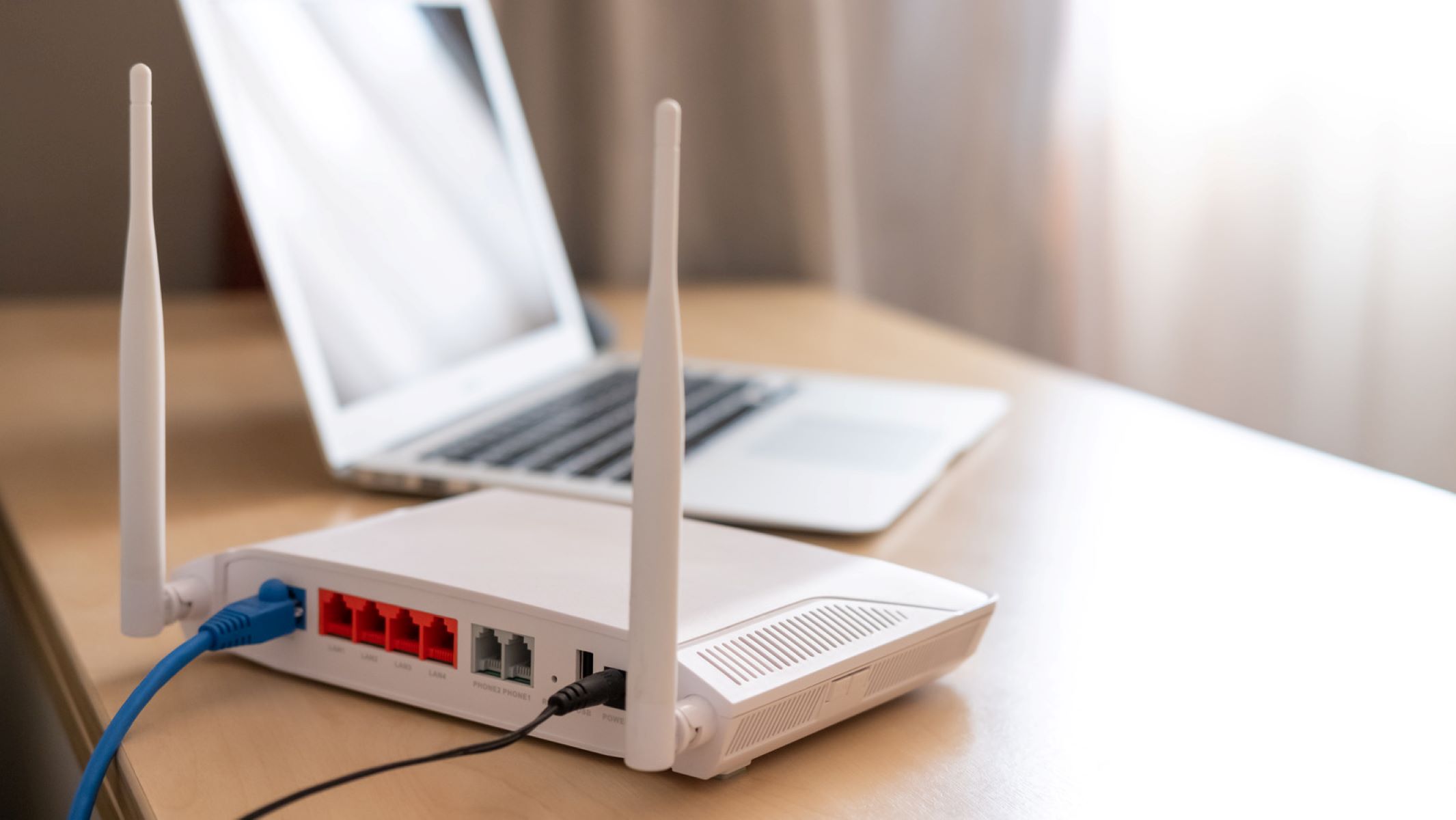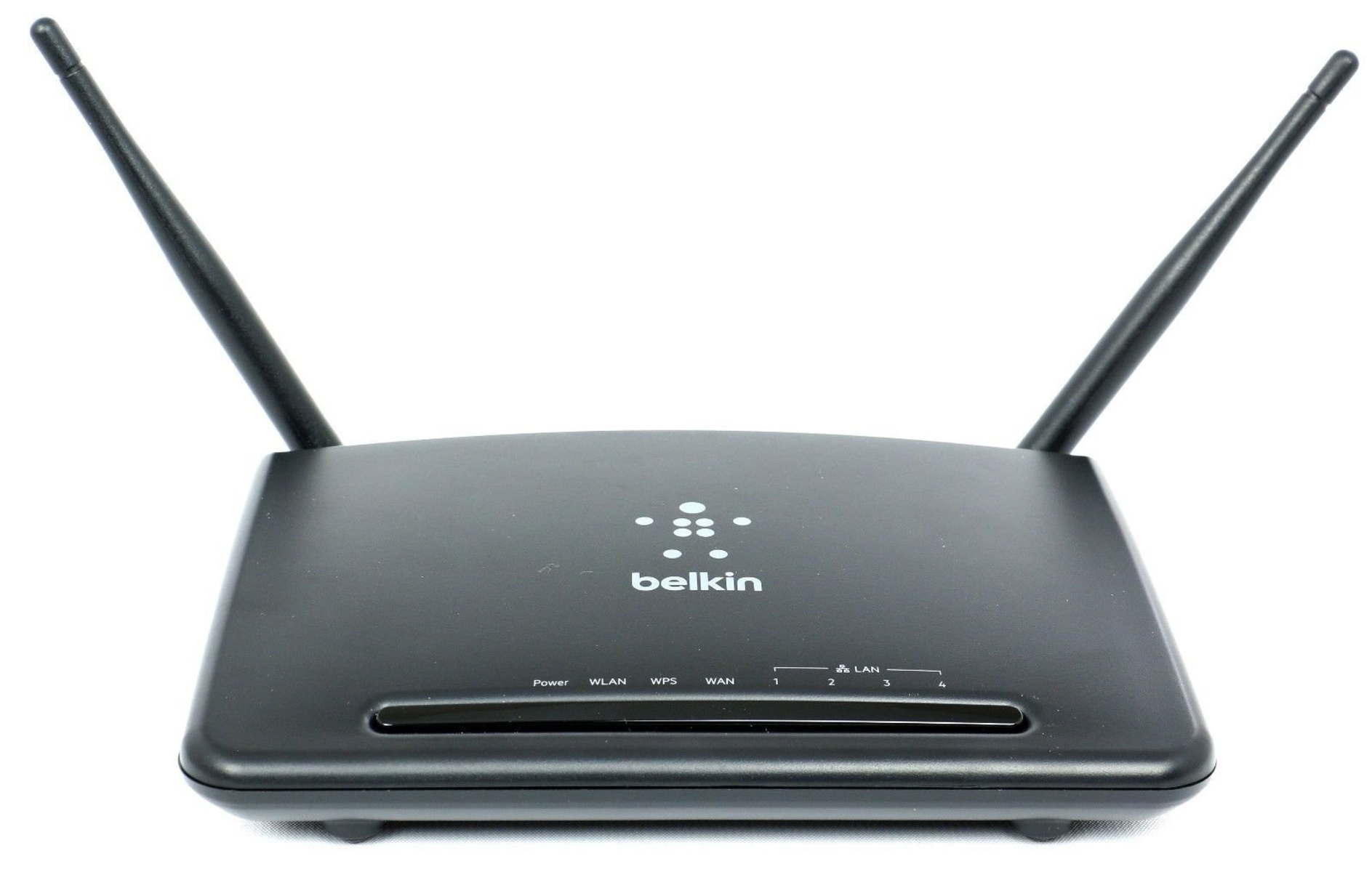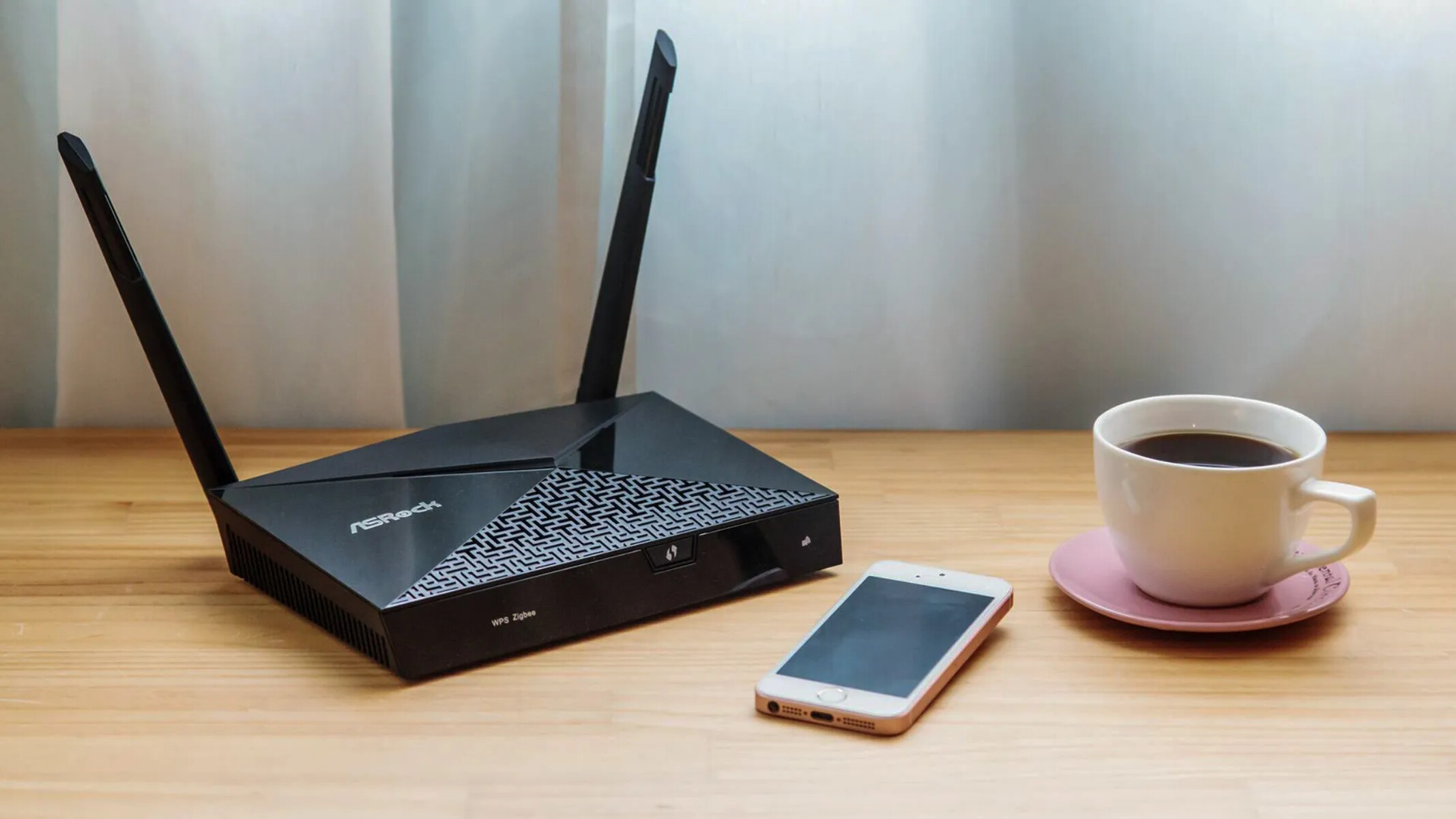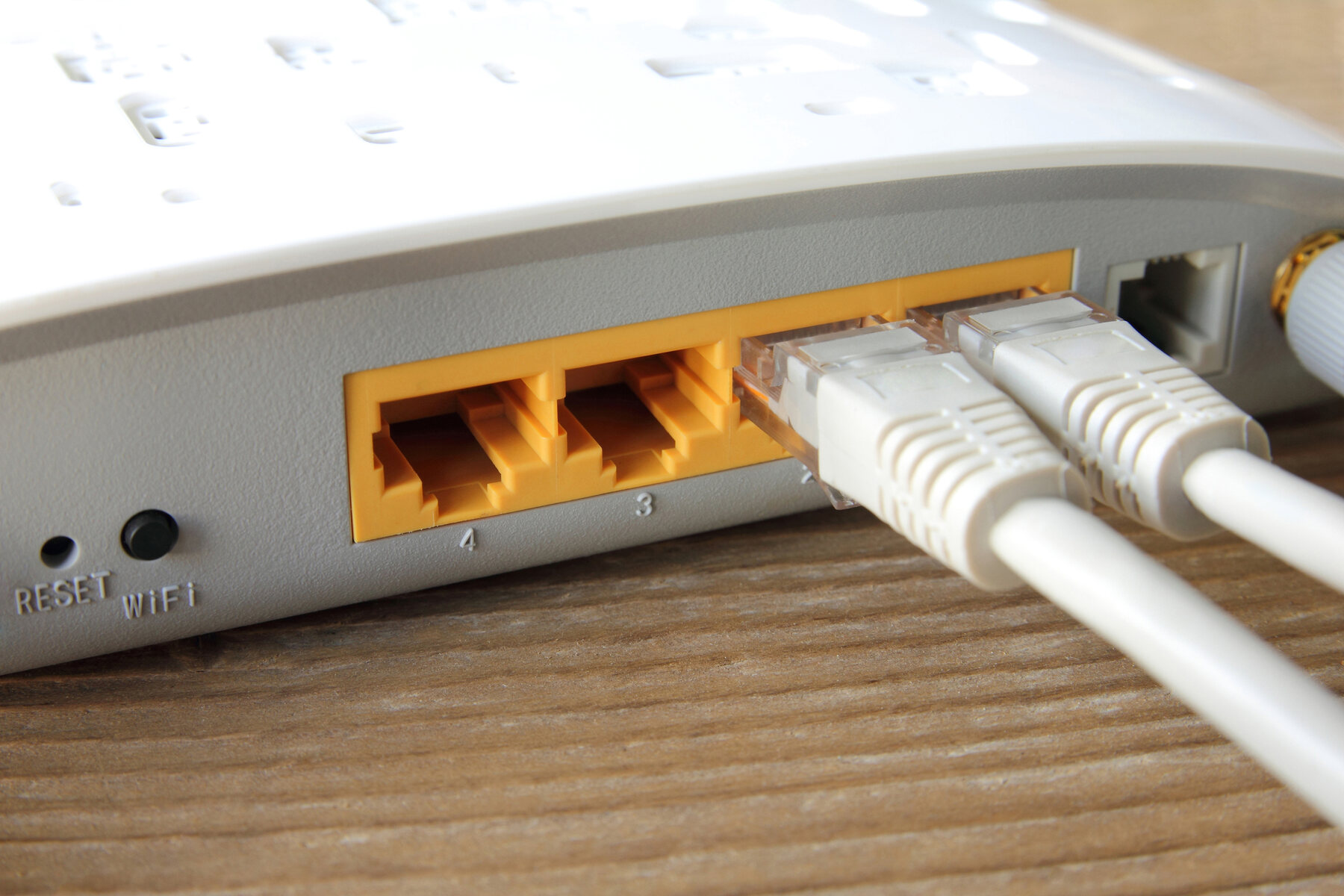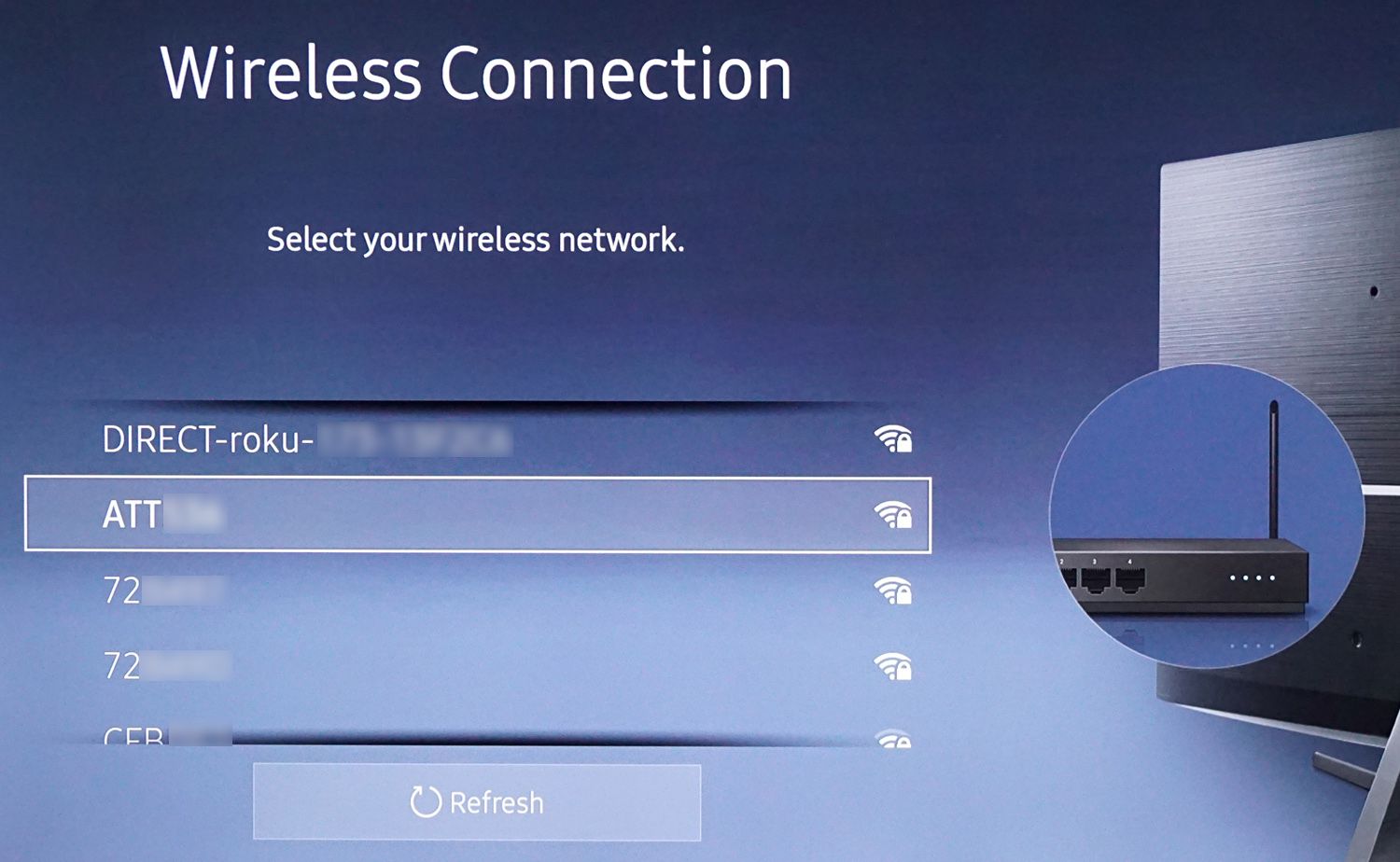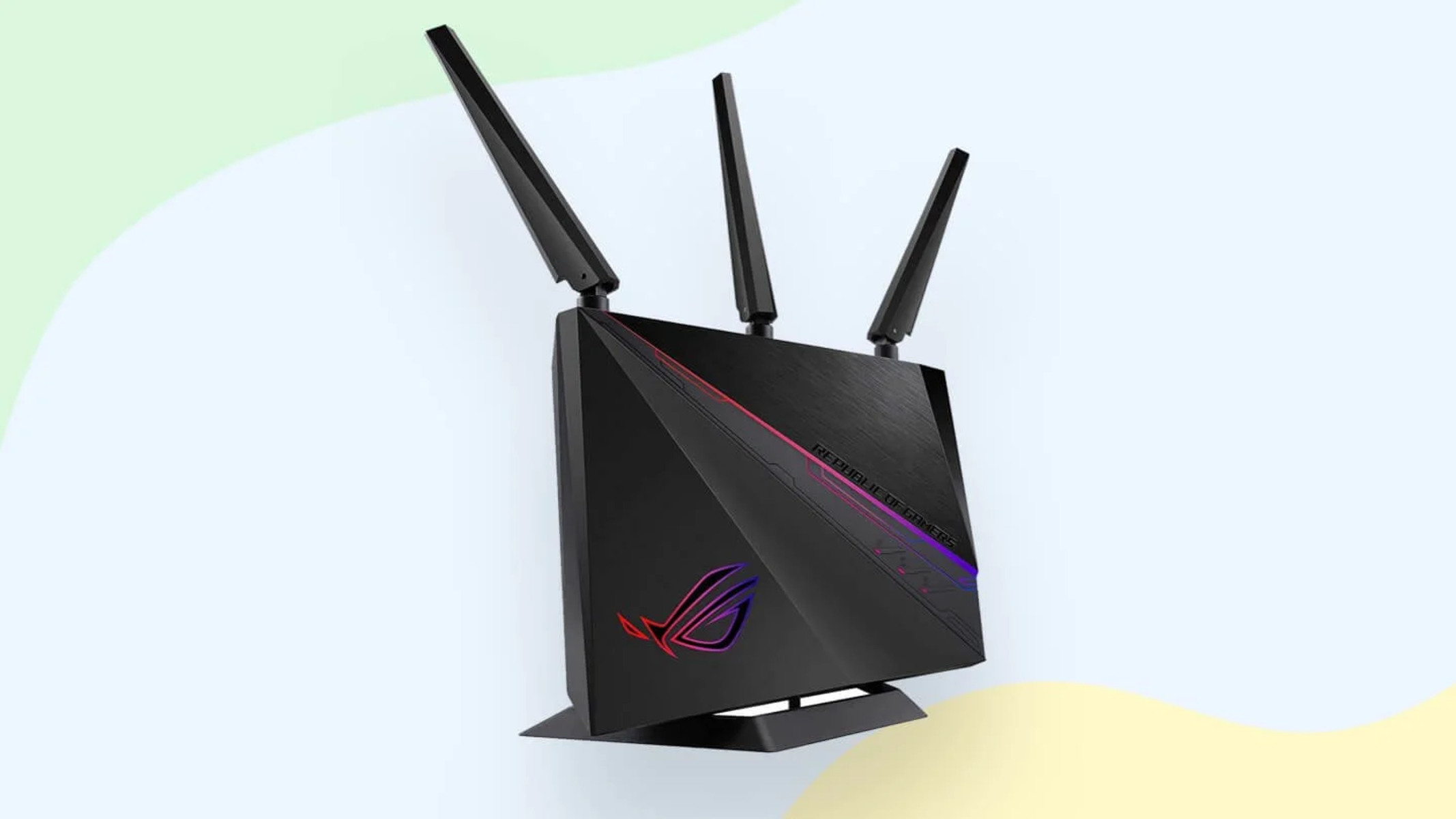Introduction
Welcome to the world of internet connectivity! If you’re reading this, chances are you have a router at home or in your office. The router plays a vital role in providing you with reliable and fast internet access. However, like any other electronic device, routers require regular updates to their firmware to ensure optimal performance and security.
In simple terms, firmware is the software that runs on your router. It controls all the essential functions, such as network settings, security protocols, and even the Wi-Fi signal strength. Manufacturers often release firmware updates to address bugs, improve performance, add new features, and enhance security measures.
Keeping your router’s firmware up to date is crucial for several reasons. Firstly, it helps to fix any known issues or vulnerabilities that could expose your network to cyber threats. By installing the latest firmware, you can enjoy enhanced protection against malware, hacking attempts, and unauthorized access.
Secondly, firmware updates often include performance improvements. Manufacturers regularly fine-tune their software to optimize network speed and stability. By updating your router’s firmware, you can experience faster internet speeds, reduced latency, and better overall performance.
Lastly, firmware updates may introduce new features and functionalities. These updates can provide you with additional control over your network, such as advanced parental controls, guest network support, or improved compatibility with new devices.
Now that you understand the importance of updating your router’s firmware, you may be wondering how to check for updates and perform the update process. In the next sections, we will guide you through the steps of checking for firmware updates, downloading the latest version, and updating your router to enjoy its full potential.
Why it’s important to update your router’s firmware
Updating your router’s firmware on a regular basis is a critical task that many users often overlook. However, failing to keep your router’s firmware up to date can lead to potential security risks and performance issues. Let’s explore why it’s important to update your router’s firmware:
1. Security Enhancements: Firmware updates often include important security patches that address vulnerabilities detected in previous versions. Cybercriminals are constantly evolving their techniques, making it crucial to stay one step ahead by updating your router’s firmware. By neglecting updates, you may be leaving your network exposed to potential attacks, which could result in data breaches or unauthorized access to your devices.
2. Bug Fixes: Like any software, router firmware can have bugs or glitches that affect its functionality. These bugs could lead to dropped connections, slow performance, or other network-related issues. Manufacturers release firmware updates to address these bugs, ensuring that your router runs smoothly and efficiently. Updating the firmware can help resolve these issues, improving your overall user experience.
3. Performance Improvements: Firmware updates often include optimizations and tweaks that enhance the performance of your router. These updates can improve network speed, reduce latency, and provide a more stable connection. By updating to the latest firmware, you can take advantage of these performance enhancements and ensure a reliable internet experience.
4. New Features and Functionality: Manufacturers may introduce new features and functionalities through firmware updates. These updates can expand the capabilities of your router, allowing you to customize your network settings or utilize advanced features. By staying up to date with firmware updates, you can take advantage of these new features and make the most out of your router.
5. Compatibility with New Devices: As technology advances, new devices and networking standards are introduced to the market. Firmware updates ensure that your router remains compatible with these new devices and protocols. This ensures seamless connectivity and avoids any potential compatibility issues that may arise when using newer devices with outdated firmware.
By understanding the importance of keeping your router’s firmware up to date, you can take the necessary steps to ensure your network’s security and performance. In the following sections, we will discuss how to check for firmware updates and guide you through the process of updating your router’s firmware.
Checking for firmware updates
Before updating your router’s firmware, it is essential to check if there is a new version available. The process of checking for firmware updates may vary depending on the router brand and model, but here are some general steps to follow:
1. Check the manufacturer’s website: Start by visiting the website of your router’s manufacturer. Look for the support section or downloads page, where you can find the latest firmware releases for your specific router model. Manufacturers often provide detailed instructions on how to check for firmware updates and download the latest version.
2. Consult the user manual: If you have the user manual that came with your router, it may contain information on how to check for firmware updates. Look for a section dedicated to firmware updates or software upgrades. The manual might provide specific steps or direct you to the manufacturer’s website for further instructions.
3. Use router management software: Some router manufacturers provide dedicated software or mobile apps that allow you to manage your router settings. These applications often include a built-in feature to check for firmware updates. Launch the software or app, navigate to the settings section, and look for an option to check for updates. Follow the on-screen instructions to determine if a new firmware version is available.
4. Check the router’s web interface: Most routers have a web-based interface that allows you to access and configure various settings. To check for firmware updates through the web interface, open a web browser and enter your router’s IP address in the address bar. This IP address is usually printed on the router itself or included in the user manual. Once you access the web interface, look for a section related to firmware updates or system settings. Follow the instructions provided to check for updates.
5. Enable automatic updates: Some newer router models have the option to enable automatic firmware updates. This feature allows the router to periodically check for updates and install them automatically. If this option is available in your router’s settings, consider enabling it to ensure that your firmware is always up to date.
By following these steps, you can determine if there is a firmware update available for your router. In the next section, we will discuss how to download the latest firmware version and prepare your router for the update process.
Downloading the latest firmware
Once you have confirmed that a firmware update is available for your router, the next step is to download the latest version. Here’s how you can download the latest firmware:
1. Visit the manufacturer’s website: Go to the official website of your router’s manufacturer. Look for the support section or downloads page, where you can find the firmware files. Make sure to select the correct model number and version to ensure compatibility.
2. Locate the firmware download: On the manufacturer’s website, locate the firmware download for your specific router model. The file is often provided in a compressed format, such as a .zip file. Download the firmware file to your computer and remember the location where you saved it.
3. Verify the firmware file: Before proceeding with the update, it’s important to ensure the authenticity and integrity of the firmware file. Check for any checksum or hash provided by the manufacturer and compare it with the downloaded file’s checksum. This step helps to avoid installing corrupted or modified firmware.
4. Extract the firmware file: If the downloaded firmware file is in a compressed format, extract its contents using a file extraction tool like WinRAR or 7-Zip. Extract the file to a location where you can easily access it later during the update process.
5. Prepare a backup: Before proceeding with the firmware update, it is a good practice to create a backup of your router’s current settings. This step ensures that you have a restore point in case anything goes wrong during the update process. Most router interfaces have a backup or settings export feature that allows you to save the current configuration to a file.
6. Connect to your router: Ensure that your computer is connected to the router either via Ethernet cable or through a stable Wi-Fi connection. This connection is necessary to perform the firmware update process successfully.
By following these steps, you should now have the latest firmware downloaded and ready to be installed on your router. In the next section, we will guide you through the process of preparing your router for the firmware update.
Preparing your router for the update
Before proceeding with the firmware update, it’s important to properly prepare your router to ensure a smooth and successful update process. Here are the steps to prepare your router:
1. Read the firmware release notes: It’s essential to familiarize yourself with the firmware release notes provided by the manufacturer. The release notes contain important information about the changes, bug fixes, and improvements introduced in the latest firmware version. Make sure to check if there are any specific instructions or prerequisites mentioned for the update.
2. Disable third-party firewalls or antivirus software: To minimize any potential interference during the firmware update, consider temporarily disabling any third-party firewalls or antivirus software running on your computer. These security programs might mistakenly block or interrupt the update process, causing it to fail or result in an incomplete installation.
3. Disconnect unnecessary devices: To reduce the chances of any interruptions during the update, it’s advisable to disconnect any unnecessary devices connected to your router. This includes devices like gaming consoles, smart TVs, or other devices that do not require an internet connection during the update process.
4. Ensure stable power supply: It is crucial to provide a stable power supply to your router during the firmware update. Sudden power outages or fluctuations can interrupt the update process and potentially cause damage to your router. Ensure that your router is connected to a reliable power source, preferably through a surge protector or uninterruptible power supply (UPS).
5. Have a backup plan: As a precautionary measure, it’s always recommended to have a backup plan in case the firmware update encounters any issues. If your router has a firmware rollback feature, familiarize yourself with the process of reverting to the previous firmware version. Additionally, know how to perform a factory reset on your router in case it becomes necessary to start fresh.
6. Stay patient and avoid interruptions: Firmware updates can take some time to complete, depending on the size of the firmware file and the processing speed of your router. During the update process, avoid disconnecting or restarting your router, as this can disrupt the update and potentially cause issues. Patience is key during this stage to ensure a successful update.
By following these preparation steps, you are now ready to proceed with the firmware update. In the next sections, we will discuss how to update the firmware using the manufacturer’s website and through the router’s web interface.
Updating the firmware using the manufacturer’s website
Updating the firmware of your router using the manufacturer’s website is a common method employed by many users. Here’s how you can update the firmware using the manufacturer’s website:
1. Access the manufacturer’s website: Open your web browser and navigate to the official website of your router’s manufacturer. Look for the support section or downloads page where firmware updates are available. Find the appropriate page for your router model.
2. Locate the firmware update: On the manufacturer’s website, locate the firmware update for your specific router model. Download the latest firmware file to your computer. Make sure to check for any specific instructions provided alongside the firmware download.
3. Connect to your router: Connect your computer to your router either using an Ethernet cable or through a stable Wi-Fi connection. This connection is necessary to access the router’s settings and perform the firmware update.
4. Access the router’s web interface: Open a web browser and enter your router’s IP address in the address bar. This IP address is typically mentioned on the router itself or in the user manual. Press Enter to access the router’s web interface.
5. Login to the router: Enter the username and password for your router when prompted. If you haven’t changed these credentials, the default login information can usually be found in the router’s user manual or on the manufacturer’s website.
6. Navigate to the firmware update section: Once logged in to the router’s web interface, search for a section related to firmware updates or system settings. The location of this section may vary depending on the router’s brand and model. Consult the user manual or the manufacturer’s website for specific instructions.
7. Upload the firmware file: In the firmware update section, you will find an option to upload the firmware file. Click on the “Browse” or “Choose File” button and select the firmware file you downloaded in step 2. Once selected, click “Upload” or the equivalent button to initiate the firmware update process.
8. Wait for the update to complete: The firmware update process may take several minutes to complete, during which the router may reboot or display progress indicators. Avoid interrupting the process or disconnecting the router from the power source. Stay patient and wait for the update to finish.
Note: It is important to carefully follow the instructions specific to your router model provided by the manufacturer. Some routers may require additional steps or have different interfaces for the firmware update process.
After the firmware update is complete, your router will restart with the latest firmware installed. You can now enjoy the enhanced security, performance improvements, and new features that the firmware update has brought.
Updating the firmware using the router’s web interface
Updating the firmware of your router using the router’s web interface is another common method available to users. Here’s how you can update the firmware using the router’s web interface:
1. Connect to your router: Ensure that your computer is connected to your router either through an Ethernet cable or using a stable Wi-Fi connection. This connection is necessary to access the router’s web interface and perform the firmware update.
2. Access the router’s web interface: Open a web browser and enter your router’s IP address in the address bar. The IP address is typically mentioned on the router or in the user manual. Press Enter to access the router’s web interface.
3. Login to the router: Enter the required username and password for your router when prompted. If you haven’t changed these credentials, consult the router’s user manual or the manufacturer’s website for the default login information.
4. Navigate to the firmware update section: Once logged in to the router’s web interface, look for the firmware update section. The location and labeling of this section may vary depending on the router’s make and model. However, it is typically found under “System Settings” or a similar menu option.
5. Check for firmware updates: Within the firmware update section, there should be an option to check for updates. Click on this option to initiate a scan for the latest firmware version available for your router.
6. Download and install the firmware: If a newer firmware version is found, the router’s web interface will provide you with an option to download and install it. Click on the relevant button or link to begin the firmware download and installation process. Follow any additional on-screen instructions that may be presented.
7. Wait for the update to complete: The firmware update process may take some time to complete, depending on the size of the firmware file and the processing speed of your router. During the update, avoid interrupting the process or disconnecting the router from the power source. Be patient and allow the update to finish.
Note: It is important to refer to the user manual or the manufacturer’s website for specific instructions and any particularities pertaining to your router’s firmware update process. Certain routers may require additional steps or have variations in their interfaces.
Once the firmware update is complete, your router will restart with the latest firmware installed. Take a moment to verify that all settings are intact and functioning as desired. With the updated firmware, you can now benefit from improved security, performance enhancements, and any new features offered by the firmware update.
Troubleshooting common issues during firmware updates
While updating the firmware of your router is generally a straightforward process, you may encounter some common issues along the way. Here are some troubleshooting steps to address these issues:
1. Failed firmware update: If the firmware update fails during the installation process, start by ensuring that you have downloaded the correct firmware version for your router model. Double-check the compatibility and make sure you are following the manufacturer’s instructions accurately. Try restarting the router and computer, and attempt the firmware update again. If the problem persists, contact the manufacturer’s support for further assistance.
2. Intermittent network connections: After updating the firmware, you may experience intermittent network connections or dropped connections. In such cases, perform a power cycle by turning off the router, waiting for a minute, and then turning it back on. If the issue persists, try resetting the router to factory settings and reconfiguring it. Ensure that the router’s configuration matches your internet service provider’s requirements.
3. Loss of custom settings: In some cases, updating the firmware might reset the router to its default settings, causing you to lose any custom configurations or personalized settings. Before performing the firmware update, it’s a good practice to take note of your custom settings or save a backup configuration file. After the update, reapply your custom settings manually or restore them from the backup configuration file.
4. Incompatibility with third-party applications: If you encounter issues or conflicts with third-party applications, such as VPN software or port forwarding tools, after the firmware update, check if there are any updates available for those applications. In some cases, you may need to reconfigure or reinstall those applications to ensure compatibility with the updated firmware of the router.
5. Unresponsive router: If the router becomes unresponsive or inaccessible after the firmware update, try power cycling the router by unplugging it from the power source, waiting for a few seconds, and then plugging it back in. If the issue persists, perform a factory reset on the router using the reset button usually found on the back or bottom of the device. This will restore the router to its default settings and allow you to start fresh with the updated firmware version.
6. Seek manufacturer support: If you encounter any persistent issues or encounter error messages during the firmware update process, consider reaching out to the manufacturer’s support. They can provide guidance specific to your router model and assist you in troubleshooting and resolving any issues that may arise during the firmware update.
It’s important to remember that firmware updates should be performed with caution, and you should always refer to the manufacturer’s instructions and documentation for your specific router model. By following the troubleshooting steps and seeking timely assistance when needed, you can ensure a smooth and successful firmware update process.
Conclusion
Updating your router’s firmware is not just a one-time task, but an ongoing process that ensures your router operates at its optimal performance and security levels. By keeping your router’s firmware up to date, you can address security vulnerabilities, enjoy performance improvements, and access new features provided by the manufacturer.
Throughout this article, we have explored the importance of updating your router’s firmware and provided step-by-step instructions for checking for firmware updates, downloading the latest firmware, preparing your router for the update, and updating the firmware using both the manufacturer’s website and the router’s web interface. We have also discussed some common issues that may arise during the firmware update process and provided troubleshooting steps to address them.
Remember, when updating your router’s firmware, it’s essential to follow the manufacturer’s instructions carefully, ensure the file integrity of the firmware, and take precautions such as backing up your router’s settings before proceeding. In case you encounter any difficulties or persistent issues, don’t hesitate to seek support from the manufacturer’s customer service or online community.
Keeping your router’s firmware up to date not only enhances the performance and security of your network, but it also ensures a smoother and more reliable internet experience for all connected devices. So, make it a habit to regularly check for firmware updates and invest the time to keep your router up to date. Your network and devices will thank you for it.







